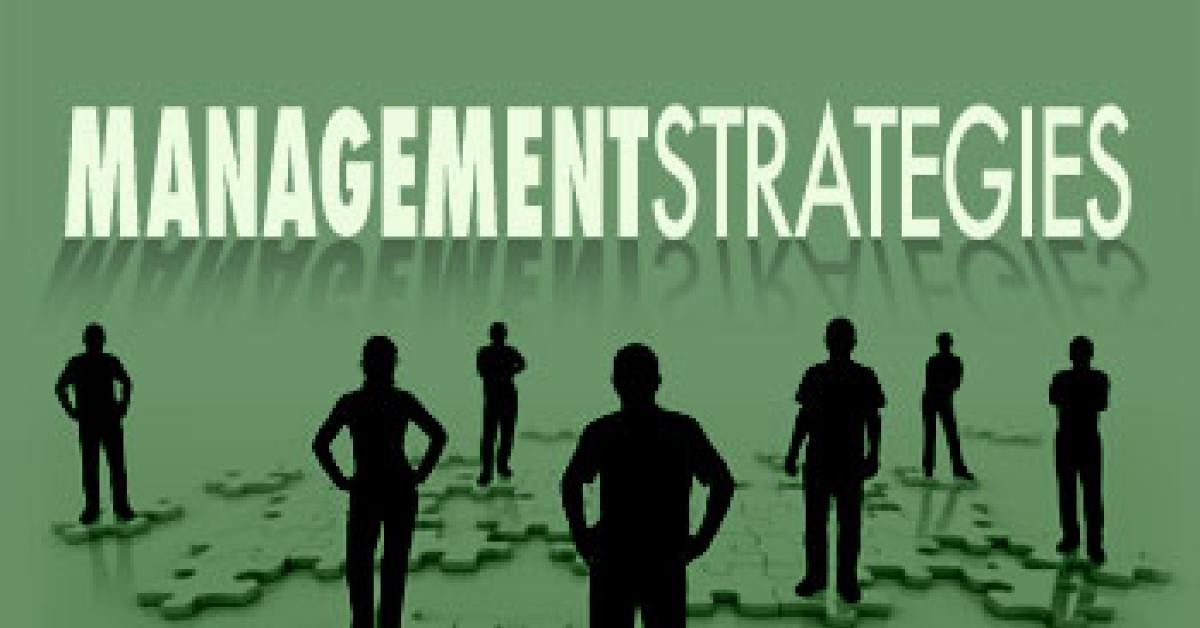SAN FRANCISCO — Small businesses are generally not very resource-efficient. This is certainly true of drycleaning and laundry plants. The differential between our industry’s average utility cost and the benchmark utility cost as a percentage of sales is approximately 2%, which equates to an additional $20,000 of profit per $1 million of sales. That is a savings worth pursuing.
The easiest way to reduce this expense is to have professionals conduct an energy audit. Often, your utility provider offers this service free. If that is not the case in your area, there are professional energy consultants who perform the same service and get paid a percentage of your resulting cost savings.
EFFICIENCY CHECKLIST
A myriad of resources exist on the subject, some of which are referenced later in this article. You are probably familiar with the basics of energy and resource efficiency, but the following “Efficiency Checklist” may be helpful as a refresher.
General:
• Track your resource usage
• Compare your usage to industry benchmarks
• Educate employees on building systems, energy-efficiency measures and peak-usage avoidance
• Determine peak usage rates and schedule around it to lower your rate
• Lower thermostat settings, set back temperatures and match HVAC timing to occupancy
• Reduce/eliminate major sources of infiltration. Optimize steam plant heat balance
• Check/adjust combustion efficiency of gas-fired equipment
• Inspect/replace steam coils and traps
• Inspect/repair condensate return equipment
• Locate/repair steam leaks
• Repair or add insulation
• Isolate nonessential distribution piping
• Reduce distribution pressure
Boilers and Water Heaters:
• Conduct boiler efficiency tests
• Perform boiler maintenance and set a maintenance schedule
• Check boiler water chemistry
• Minimize boiler blowdown
• Minimize deaerator steam venting
• Optimize boiler loading
• Install meters on boiler system make-up lines and blowdown lines to detect leaks
• Remove all deposits from tank
• Maintain burner with bright blue flame
• Ensure no airflow is restricted
Lighting:
• Install energy-efficient lighting and occupancy sensors
• Install LED exit signs.
• All lights off when unoccupied
• Exterior lighting, profiler system or photocell properly placed
HVAC:
• Clean filters quarterly
• Power-wash coils every two years
Drycleaning and Laundry Machines:
• Run full loads
• Keep screens clean; check after every load
Water:
• Identify water leaks
• Meter wastewater or get credit for evaporation based on industry standards
• Install 1.6 gallon-per-flush toilets when replacement occurs
• Dye-test toilets annually to ensure no water leaks
Meters and Billing:
• Audit bills
• Identify faulty meters
• Take evening “energy audit walks”
RESOURCES TO ASSIST
A good resource when tackling the topic of energy efficiency is the U.S. Department of Energy, which provides detailed information about research, resources, best practices and recommendations.
For example, the Industrial Assessment Centers Database, from the Office of Energy Efficiency and Renewable Energy, provides details of savings achieved by drycleaning and laundry facilities.
Since according to the U.S. Dept. of Energy, nearly 49% of all fuel burned by U.S. manufacturers is used to raise steam, you may want to check the Advanced Manufacturing Office’s technology deployment guidance on steam. This site provides detailed tip sheets, technical publications, software tools, and information about training and events.
The DOE’s Advanced Manufacturing Office Interactive Map provides statistics on industry within each state, links to learn about training opportunities to help improve industrial energy consumption, and a list of expert contacts that can provide services and resources to help reduce energy consumption.
Other features include:
• State Incentives and Resource Database — It provides information on nearly 2,000 energy-saving incentives and resources available for commercial and industrial plant managers. Information is available at the state, county, and municipal levels, as well as from utilities and nonprofits.
• Energy Saving Assessments (ESA) — They are provided by DOE to qualifying organizations through the Better Plants campaign.
• Industrial Assessment Centers (IAC) — They provide eligible small- and medium-sized manufacturers with no-cost, on-site energy assessments to identify potential savings opportunities.
• Events and Training — These sessions on large energy-consuming processes such as motors, pumps, process heating, steam systems and fans are offered throughout the year and around the country.
• Research and Development (R&D) Updates — Learn how Labs, universities, nonprofits and companies across the country are working to develop the efficient equipment of tomorrow.
For those with businesses in Canada, Natural Resources Canada provides similar information on its website.
If you are a “do-it-yourself” person, or if you want to monitor your resources personally, you can access A Guidebook for Performing Walk-Through Energy Audits of Industrial Facilities,developed by Christopher B. Milan, PE, CEM, Bonneville Power Administration, and Joseph F. Junker, P.E., OSU Extension Manufacturing Specialist, Oregon State University.
HURDLES
The only hurdle to achieving resource savings is the delay in making it a priority for someone on your team.
Have a question or comment? E-mail our editor Dave Davis at [email protected].

